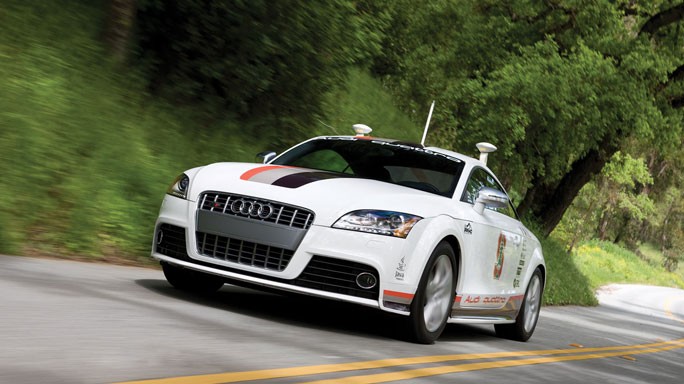“A technology tsunami.” That’s how Richard Biter, assistant secretary of the Florida Department of Transportation, describes the arrival of autonomous vehicles. He’s not the only one.
“We’re realizing now that this is going faster than anyone probably would’ve expected, say six years ago,” said Travis Brouwer, a spokesman for the Oregon Department of Transportation.
Both Florida and Oregon have moved this fall to hire specialists to guide the transition to autonomous vehicles. According to the National League of Cities, only 6 percent of city and regional transportation plans consider driver-less technology. Those that do are discovering the challenges of trying to prepare for a future full of uncertainties.
Will streets suddenly be more crowded? Will the shift to urban living reverse? Some or all parking spaces may free up. We might all gravitate toward small one-person pods, or sell our homes and live in self-driving Winnebagos. Lanes on highways could be narrowed, offering the chance to add lanes and relieve traffic.
And how much of this is just hype? Although many automakers make bold claims about the proliferation of driver-less cars by 2020, most testing programs are small and limited to hand-picked roads right now. So there’s no chance to see what things might be like when a cicada-like influx of self-driving vehicles swarms roads. Companies aren’t eager to release exhaustive details on their progress, which would help bureaucrats project the future.
See more at:
The Washington Post





